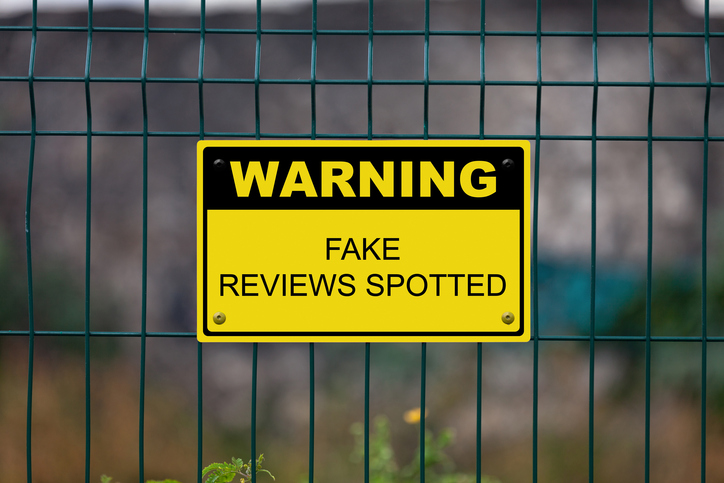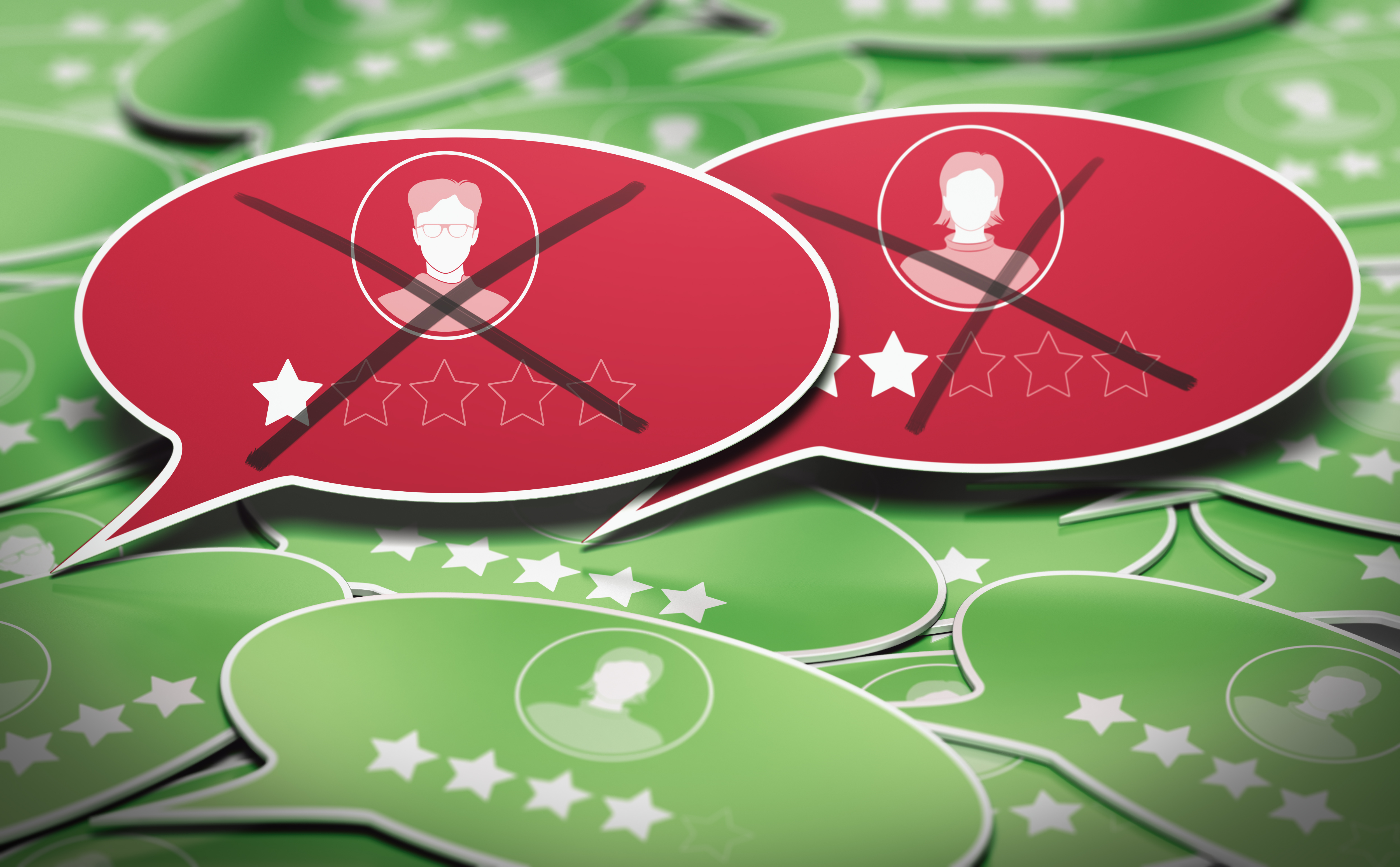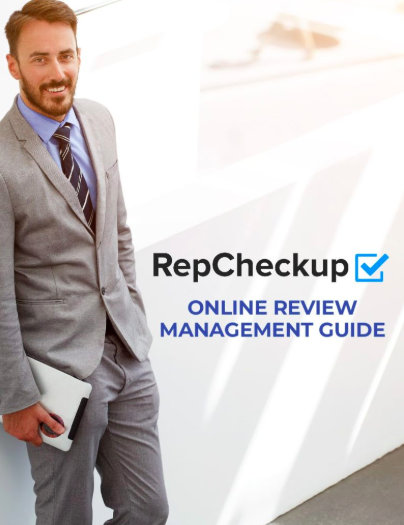
The Case of the Fake Duplicate Reviews

As the author of Fake Patient Reviews, I know that fake reviews are a big problem in the online review world. It affects every industry. Doctors are just as likely to get hit with a fake review as a plumber, retail shop, bakery, or lawyer. Naturally, I try to keep an eye out for fake reviews that stand out to me while I’m browsing the web.
Sometimes, though, a great fake review just falls into your lap.
Since we manage a dermatologist’s Yelp account, I received a notification that a new review was left on their profile. Unfortunately, it was a negative review that made a handful of serious claims against this dermatologist’s office.
Any negative review should be treated with seriousness. As I worked with the client to identify the reviewer to reach out to them, something strange happened. The review disappeared.
A few minutes later, though, we got another notification: a new review had just come in!
Suddenly, this situation transformed from a customer service concern to a mystery thanks to a plot twist that none of us saw coming: it was the exact same negative review as before, except it was posted by a totally different person.
In this blog, I will be walking you through the science of fake reviews and what you can do to provide platforms, like Yelp, with the right evidence to get the review removed.
How to Tell if a Review is Fake
There are several red flags that should help you identify whether or not a review is fake. Sometimes, it can be as obvious as someone leaving a review that says “This is a fake review.” (Yes, we’ve seen that.) In other cases, it can be convincing even to the staff of that organization.
Here are some of the top red flags I keep an eye out for when I am determining if a review is fake:
- The reviewer cannot be found in a customer database
- The review makes outlandish claims
- The review directly recommends a competitor
- The profile of the reviewer has no or very few reviews
- The reviewer has left reviews for the same type of business or for business in vastly different areas
- The review directly insults or threatens the business or a specific employee
- The review includes curse words or otherwise violates the platform’s Terms of Service
Typically, checking for these 7 red flags will give you enough information to determine if you need to reach out to a real customer or if you need to report it.
In the specific situation this blog is featuring, it seemed like only Red Flag #1: The reviewer cannot be found in a customer database was applicable.
It was noteworthy that all of the negative claims that this review made were false. The dermatologist’s written policies directly contradicted their policy for consultation fees and refunds. Suddenly, Red Flag #2: The review makes outlandish claims lit up in my mind.
However, the appearance of the second identical review from a separate account surprised me. It’s not often that I run into something totally different to the fake review status quo, but there I was: confused at how two seemingly unrelated, normal-looking accounts ended up posting the same review.
The Case of the Matching Fake Reviews
The clear copy-and-paste job between the two reviews was enough to warrant us immediately reporting the review as fake. Though I sent in a detailed customer support request, complete with the screenshots, the Yelp representative I spoke to said that we would still have to wait for them to review my claim.
This left me with some time to think about what was going on.
When placed side by side, these reviews were clearly a match. However, the profiles themselves were not.
“Vee H.” was a blank profile: no friends, no photos, and only 6 seemingly innocuous reviews.
“Kimberly J.” had 63 friends but only left 3 reviews. Neither name (or nicknames) showed up in the customer database, and staff at the location did not recognize the situation Vee/Kimberly described.
So, what was going on?
Could a Fake Review Network be Involved?
In 2017, Mike Blumenthal wrote an article on the review spam network that he came across. Even back then, it was obvious that certain circles of people thought that online reviews were the perfect loophole to discredit a business.
In 2020, not much has changed. Unfortunately, Google and other review platforms have been slow to recognize fake reviews. The algorithms don’t pick up on a fake review’s red flags and customer support often sides with the reviewer.
These organizations can purchase or maliciously gain access to many Yelp accounts. That way, a profile that was legitimate can turn into a fake account that spams negative reviews. This makes it more difficult to prove that a review is fake, since the account has history and likely has several real reviews from the original owner.
This situation, where a fake review was copy-and-pasted by two different accounts, could easily be linked to a fake review network that coordinates strategic attacks on businesses. Perhaps the Kimberly J. account was linked to Los Angeles, California. That would make it more believable that Vee H.’s profile if that profile’s location is set elsewhere. Since fake reviews are still posted by real people, I’m going to pin this one on human error. They were logged into the wrong profile when they posted the fake review, so they deleted it and published it using another account.
Now, just a few days after the two reviews were left, Vee H. (the original poster) either deleted their account or had their account taken down by Yelp.
While all these factors made it clear to us that the review was fake, regardless of which profile it came from, my interest was piqued. Now, I believe it is more important than ever for businesses to closely monitor their online reviews.
It’s time to stop automatically deleting review notification emails. It’s time to use review management software to monitor all of your profiles from one dashboard. And it’s time to start making noise about the loopholes fake reviews often exploit.
Shortly after contacting Yelp’s customer service, everything changed as the world was rocked by the COVID-19 pandemic. Staff is severely limited for review platforms like Google and Yelp. While it’s understandable that it will take longer to have this review investigated, the evidence is pretty clear that something is off about this situation.
For now, Kimberly J.’s negative review still stands. But it’s our hope that exposing fake review networks will inspire real change!








